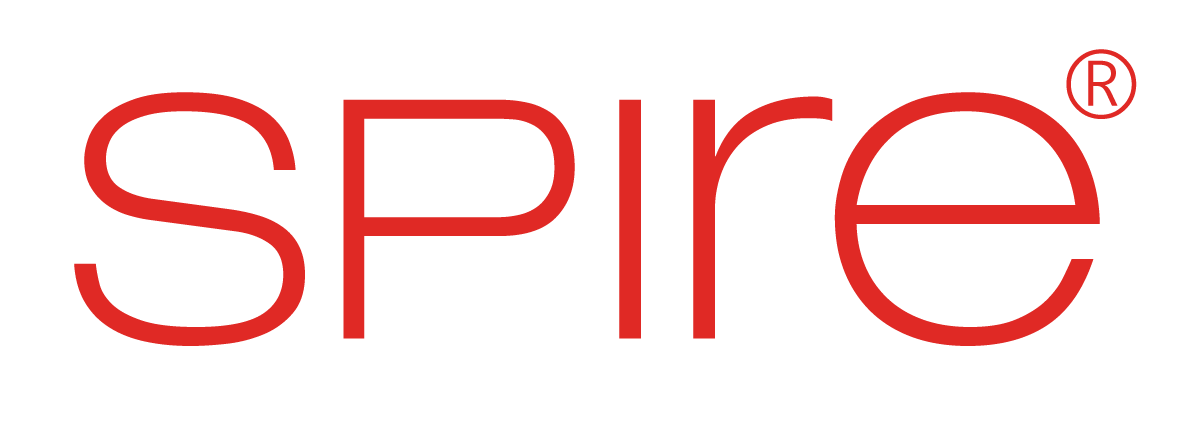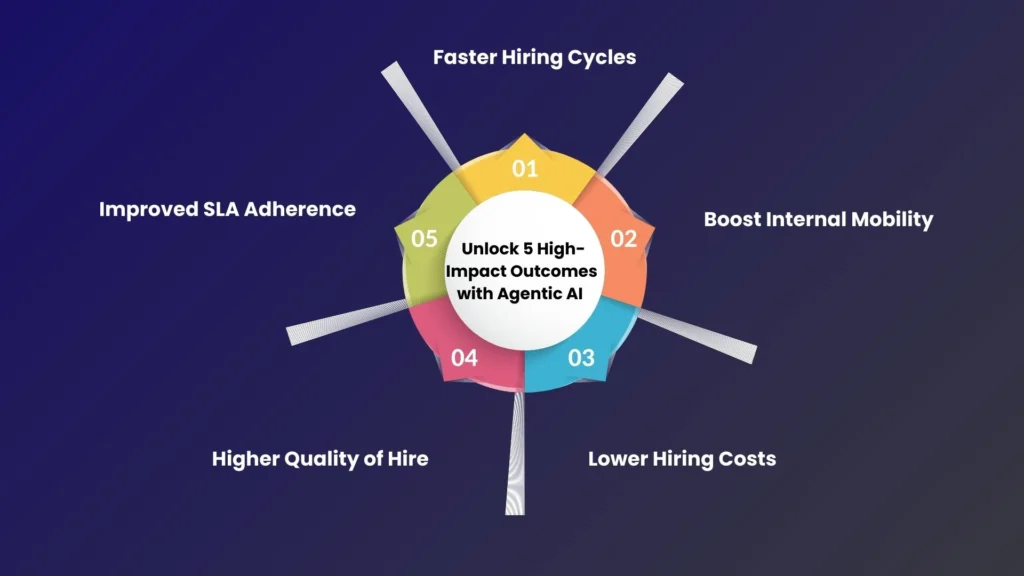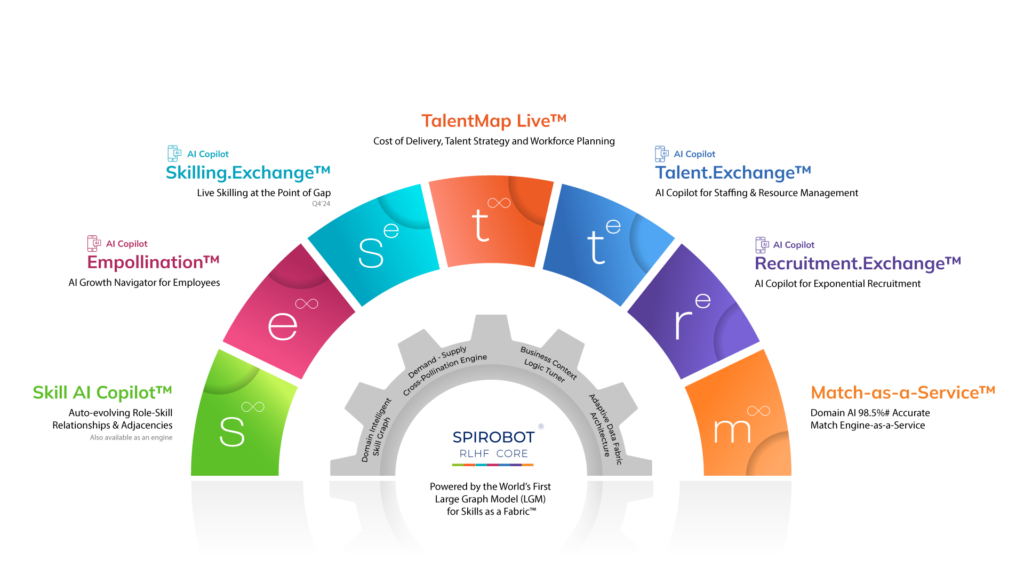“The half-life of skills is shrinking.” It’s a statement we’ve heard echoed across boardrooms and talent strategy sessions. Yet many hiring systems continue to rely on static resumes and conventional role definitions. In a world where skills evolve faster than job titles can catch up, traditional recruitment frameworks often fall short of aligning with dynamic business needs. That’s where Agentic AI steps in.
Agentic AI isn’t just another automation tool. It’s a fundamentally different paradigm, one where intelligent agent acts autonomously to understand, interpret, and act on complex workforce signals in real time. For CHROs and talent leaders, this means moving from reactive hiring to proactive talent orchestration, powered by real-time skill intelligence. This marks a pivotal shift in how we think about agentic AI in recruitment, not just as a tool, but as a transformative capability.
The Limits of Resume-Centric Hiring
Resumes have long been the default foundation of hiring, but their utility in today’s dynamic talent environment is increasingly limited. They serve as static documents, capturing a person’s past roles and accomplishments in a linear fashion. What they fail to show, however, are the multidimensional aspects of skill development and applicability that matter most in high-velocity business environments.
For instance, resumes often:
- Overemphasize job titles rather than underlying competencies
- Ignore contextual experience such as project scope, tech stacks used, or problem-solving depth
- Miss cross-functional agility, i.e., transferable skills gained across domains or industries
Additionally, resumes are self-reported, lacking real-time verification or insight into how skills have evolved in response to new challenges or market shifts. A software engineer with a five-year-old resume might have pivoted to cloud architecture, but unless it’s explicitly stated, recruiters may never know.
In enterprise hiring workflows, this creates bottlenecks:
- Talent pipelines are built on outdated or incomplete information
- Candidates are misaligned to opportunities based on rigid title-keyword matching
- Hiring managers spend significant time filtering for relevance, often manually
As a result, strategic hiring is delayed, and organizations lose the opportunity to tap into latent or adjacent talent pools.
According to a 2023 Deloitte survey, 73% of organizations identified “inaccurate skill assessment” as a core barrier to effective talent placement.
The Agentic Intelligence Advantage: Moving Beyond Automation
Agentic AI introduces an advanced layer of intelligence that goes far beyond traditional recruitment automation. While most HR systems today operate through static workflows or rules-based engines, Agentic AI acts as a dynamic intelligence layer that both understands and acts on real-time signals from across the talent ecosystem.
At its core, Agentic AI is designed to function as a digital co-pilot for CHROs and hiring leaders, a system capable of autonomous reasoning, context-aware matching, and continuous learning. Instead of following rigid parameters, Agentic AI adapts to evolving organizational needs by:
- Identifying hidden talent signals: Agentic AI extracts nuanced insights from internal data, surfacing latent potential and overlooked capabilities that would typically be missed in traditional evaluations.
- Monitoring skill obsolescence and emergence: It proactively tracks which skills are declining in relevance and which are emerging, helping organizations stay ahead of market shifts and future-proof their talent base.
- Interpreting live business demand: Agentic AI identifies emerging hiring needs by analyzing organizational shifts, project pipelines, and strategic priorities.
- Mapping evolving skill landscapes: It dynamically tracks how skills are developing within industries, functions, and roles, ensuring relevance in hiring decisions.
- Delivering contextual talent matches: The AI doesn’t rely on keyword matching but evaluates how a candidate’s trajectory, adjacent skills, and capability fit align with specific business objectives.
This shift moves recruitment from being reactive and transactional to predictive and strategic. Agentic AI does more than automating tasks, it makes informed decisions, bridging the gap between workforce data and hiring action. It empowers HR leaders to anticipate needs, act quickly, and make decisions grounded in a deeper, multidimensional understanding of talent, autonomously.
In a landscape where speed, accuracy, and adaptability are everything, the agentic model delivers a future-ready approach that redefines how organizations plan, source, and deploy talent at scale. It’s a fundamental evolution in agentic AI in recruitment from automation to autonomous intelligence.
Decoding Dynamic Skills: What It Really Means
In the age of continuous disruption, skills aren’t static assets they’re in motion. A developer today might be a systems architect tomorrow. A customer success manager might be upskilled into a RevOps strategist. Traditional hiring methods struggle to keep pace with this fluidity. Agentic AI, however, is built to decode and respond to this dynamism at scale.
Unlike conventional talent tools, which rely heavily on past job titles or manually tagged skills, Agentic AI leverages machine learning and graph-based intelligence to analyze skill signals as they emerge and evolve. It treats skills not as isolated entries on a resume but as living entities shaped by time, context, and industry shifts.
Agentic AI decodes dynamic skills by:
- Building a Real-Time Skills Graph: It creates a continuously updated map of how skills connect, evolve, and influence one another across roles and industries. This map reflects real-world labor trends and internal talent dynamics.
- Reading Between the Lines: Beyond titles and timelines, it identifies inferred skills, learning velocity, and growth signals from work history, learning behavior, and project data giving a deeper understanding of someone’s actual capabilities and trajectory.
- Surfacing Contextual Matches: It doesn’t just match a “Java Developer” to a “Java Developer” role. It evaluates context, role evolution, adjacent skills, and capability trajectory to suggest high-fit candidates who may not look obvious on paper.
- Detecting Skill Transference Potential: By analyzing adjacent domains, Agentic AI pinpoints candidates with transferable skill sets who can be rapidly redeployed or cross-skilled into emerging roles.
- Monitoring Skill Relevance Over Time: It tracks the real-time market demand and decay curve for various skills, ensuring hiring decisions are aligned to current and future business value.
This approach transforms how organizations understand fit, readiness, and potential, leading to smarter, faster, and more strategic hiring. It shifts talent acquisition from assessing what someone has done to what they are prepared to do next and with greater impact.
Real-World Outcomes: Why This Matters
Agentic AI is not just theoretical—it delivers tangible, measurable business impact across the recruitment lifecycle. Organizations that have adopted agentic AI models are witnessing outcomes that go beyond process efficiency—they’re transforming how talent is discovered, evaluated, and deployed in real time.
Here are some of the key performance outcomes:
- Faster hiring cycles: Agentic AI continuously monitors role requirements and workforce signals, enabling real-time matching between talent and demand. This reduces dependency on lengthy screening processes and shortens time-to-fill.
- Increase in internal mobility: With full visibility into skill adjacencies and employee growth trajectories, organizations are now redeploying internal talent more effectively. This not only fills roles faster but also enhances retention and employee engagement.
- Reduction in hiring costs: By minimizing the reliance on external vendors and reducing mis-hires, organizations see a direct impact on their recruitment spend.
- Higher quality of hire: With AI decoding the complete skill landscape and context around candidate capabilities, talent leaders are making more informed, strategic decisions that align to long-term business goals.
- Improved SLA adherence in project-driven environments: Faster and more precise hiring ensures talent is available when needed, minimizing project delays and increasing billability.
These outcomes validate a core truth: when organizations shift from static profiles to real-time, skill-based intelligence, they unlock new levels of workforce agility and precision.
In short, Agentic AI helps move hiring from a transactional function to a strategic enabler of business performance. This is the measurable promise of agentic AI in recruitment.
Spire.AI: Powering the Agentic AI Revolution
At the forefront of the agentic AI revolution is Spire.AI Copilot for Talent, a pioneer in building intelligent, self-operating systems that transform how enterprises hire, deploy, and grow talent. What sets Spire.AI apart is its end-to-end platform approach, designed to not just automate decisions, but to autonomously drive them with deep, contextual understanding.
Central to Spire.AI’s offering is Agent Sigma™, an intelligent AI agent that continuously learns from enterprise workflows, role demand patterns, and skill evolution across industries. Agent Sigma™ interprets signals from real-time business inputs, project requirements, skill gaps, hiring bottlenecks and autonomously surfaces optimal talent decisions across the board.
Spire.AI operates on a proprietary Large Graph Model (LGM) for Skills built on over 11 million interconnected skill nodes, a living, evolving knowledge graph that dynamically maps the relationship between roles, skills, and business needs. This enables:
- Real-time skills inventory management: Enterprises gain continuous visibility into their workforce’s actual, deployable capabilities.
- Auto-evolving role-skill frameworks: Traditional job descriptions are replaced by adaptive, skills-based blueprints tailored to business objectives.
- Autonomous, high-accuracy matching: Talent internal or external is intelligently mapped to current and future roles without relying on outdated resumes.
- Proactive readiness and deployment: Spire.AI enables staffing leaders to anticipate demand, reduce lead time, and mobilize talent precisely when needed.
Spire.AI’s platform is reinforced by the technology stack below.
- SpiroBot (Reinforcement Learning Engine): A learning engine that continuously refines talent decision-making models based on feedback loops, enterprise-specific outcomes, and changing labor dynamics.
- Business Context Logic (BCL): A proprietary reasoning engine that applies organizational context such as project timelines, financial goals, delivery priorities, and regional nuances to every talent decision.
- Domain-Intelligent AI: Pre-trained and domain-tuned AI models that understand the unique needs of different industries and ensure talent recommendations are not only skill-accurate but business-aligned.
By deeply integrating with enterprise ecosystems (ATS, LMS, project systems), Spire.AI delivers a unified layer of workforce intelligence that is dynamic, scalable, and execution ready. It doesn’t just improve hiring efficiency, it empowers leaders to make smarter, faster, and more future-aligned talent decisions.
In a world where skill cycles are shrinking and demand is shifting, Spire.AI gives organizations the intelligent edge to stay competitive, agile, and truly agentic.
Final Thoughts: Building Future-Ready Hiring Models
The world of work is too fast-moving for static hiring models. As skills shift, roles blur, and business priorities evolve, talent acquisition needs an intelligence layer that evolves just as quickly.
Agentic AI provides this edge and with platforms like Spire.AI Copilot for Talent, it’s no longer a futuristic vision but a present-day reality. The future of hiring lies in agentic AI in recruitment, a future where decisions are intelligent, autonomous, and aligned to business impact.
The future of hiring is not in resumes. It’s in real-time, dynamic skills intelligence. And the organizations that embrace this shift will not only hire better but build workforces that are truly built for what’s next.








